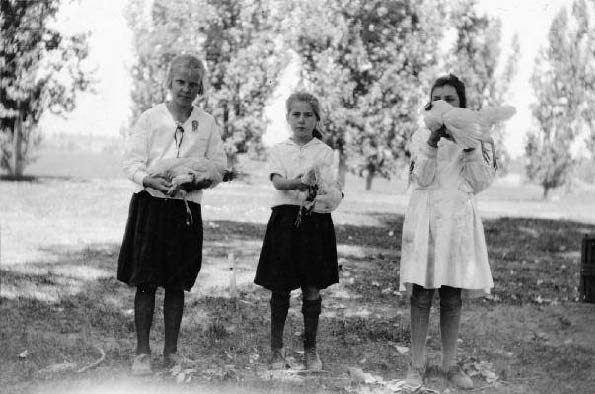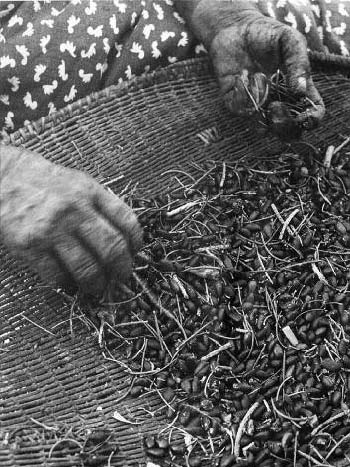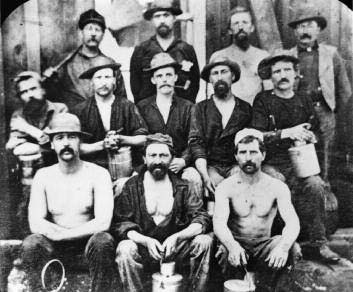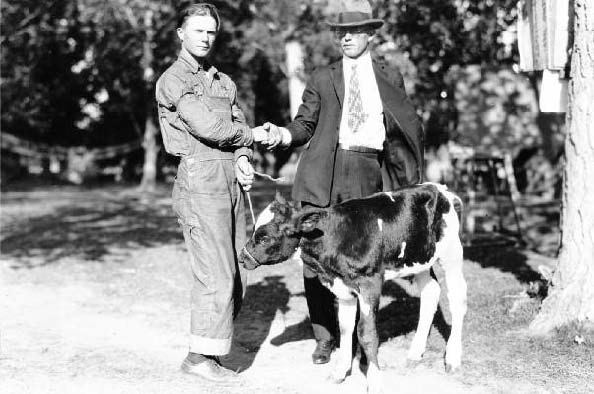edible traditions
INTERNATIONAL HUB
Reno’s Lake Street was known for ethnic — especially Italian — cuisine.
WRITTEN BY SHARON HONIG-BEAR
IMAGE COURTESY OF JERRY FENWICK
ADS FROM RENO EVENING GAZETTE, AND NEVADA STATE JOURNAL
It’s hard to imagine it now, but Lake Street once was the vibrant backbone of Reno’s international community. There were Japanese fish merchants, Chinese restaurants and opium dens, Basque hotels and restaurants, Jewish pawnshops, and African-American clubs. Most prominent of all was a string of Italian hotels, grocery stores, and restaurants.
The story of these Italian businesses is a tale of change, from seedy origins to respectability. During the first few decades of the 1900s, Italian immigration was at its height and hotels — the Europa, the Italia (sometimes called the Italian), and especially the Toscano and the Colombo — sprang up near the railroad station to cater to the immigrants.
Local newspaper accounts were filled with lurid tales of stabbings, gangs, illegal gambling, and murders at the Toscano, located at 238 Lake St. During Prohibition, the Colombo, at 246 Lake St., was cited for multiple alcohol violations.



Social centers
After Prohibition and with the liberalization of divorce laws in the early 1930s, the restaurants at these hotels expanded and took on a swanky look. They became Reno’s social centers, hosting service clubs, conventions, and private parties for weddings, birthdays, and every type of family occasion.
It was the food, however, that made these restaurants famous. As early as 1920, newspaper ads mentioned Chicken and Raviola Dinner at the Colombo, and for a couple of decades, the Toscano and the Colombo actively competed for the community’s attention in what some considered the ravioli wars.
A Nevada State Journal article in 1929 headlined “Italian meals attract a crowd” stated, “The fact that one can entertain a party of four after paying the entire cost of a six-course dinner, having change coming back from a $5 bill, has something to do with the growing popularity of these restaurants.”
The extensive advertising from this period displayed a curiosity: The pasta was frequently referred to as “raviola.” Typesetting error? Family idiosyncrasy? Research has turned up no easy answer.
The fame of these restaurants endured to the 1950s. Renowned New Yorker magazine writer A.J. Liebling wrote, while in Reno for his six-week divorce, “It was at the Toscano Café … that I heard an Italian rancher say, ‘I want filet mignon with very mushroom. Very Very Mushroom.’ All the juices of beef were in his voice and the filet sounded better than anything I have ever tasted.”
Soon after, times changed, and the Colombo became Ming’s Chinese Restaurant. A Reno Evening Gazette headline read, “Exotic Oriental Dishes Take Place of Italian Delights at Famous Old Eating House.” The food may have changed, but the international flavor of Lake Street continued.
Local writer Dennis Myers once called Lake Street “Paradise Lost,” mourning the loss of its multi-ethnic past. Now, the only vestige of this international legacy is the Santa Fe Restaurant, sitting proudly alone, surrounded by the modern bulk of Harrah’s Reno.
Sharon Honig-Bear was the longtime restaurant writer for the Reno Gazette-Journal. She is a tour leader with the Historic Reno Preservation Society and founder of the annual Reno Harvest of Homes Tour.


